Talking youtube | Fake Documentary Q
The new king of horror is here. Its name? YouTube.
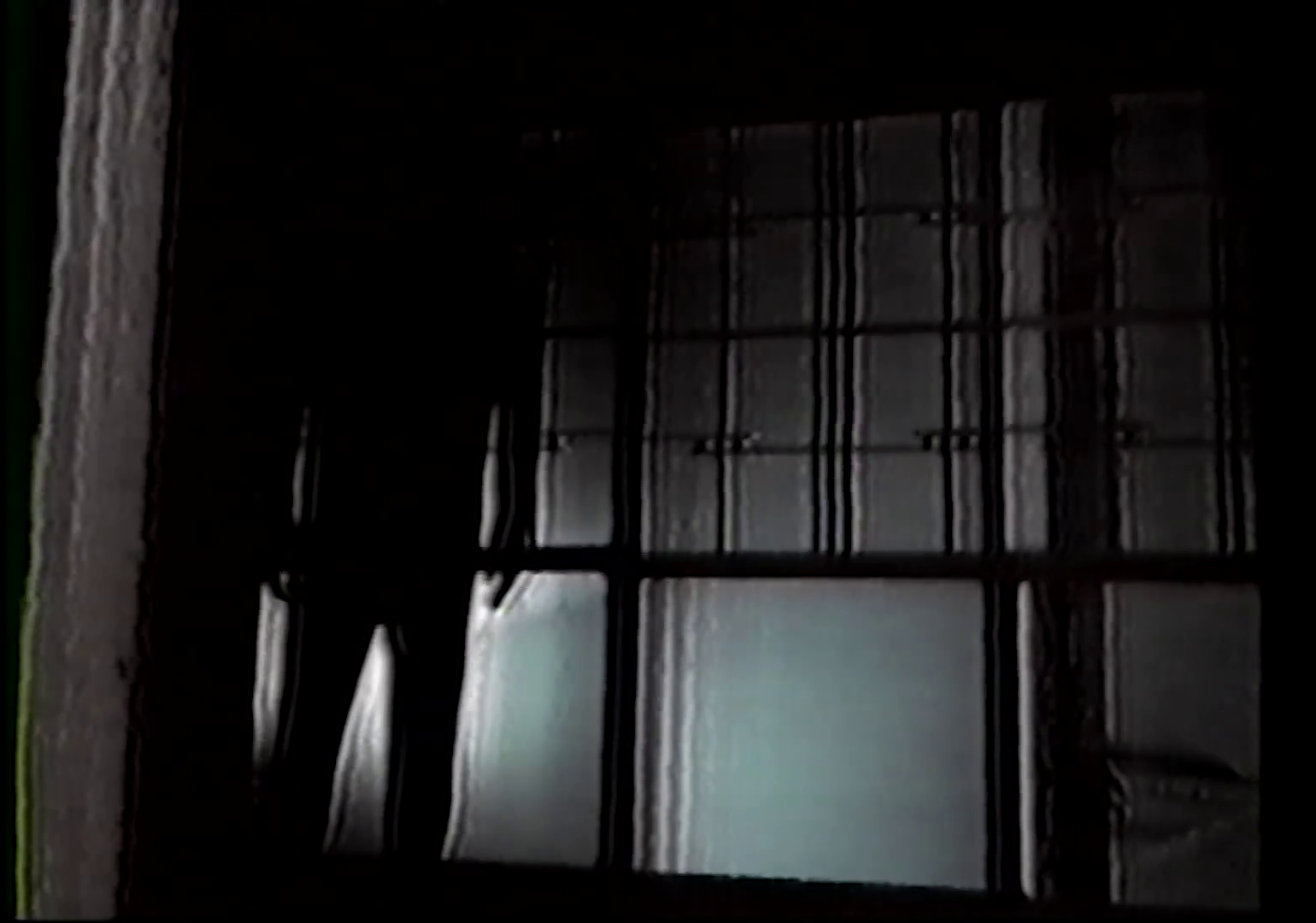
Our objects are haunted. The things we create are deeply imprinted with us. Our homes and our tools and our clothes, our playthings and our objects of prayer; a bit of ourselves rubs off onto every little thing we touch and eventually it all accumulates into something more. And it makes sense. When we name and gender and assign personality to the inanimate, how could they not come to life? How could they not end up haunted?
You can see this idea represented all over horror media, where ancient burial grounds well-up to infest colonial homes, horrific dolls from abused children come to life for revenge, and abandoned wells become gateways for those thrown inside. It is also an idea you can find in Japanese folklore with tsukumogami—objects that turn into yokai (essentially spirits) after a hundred years, their disposition decided by how they were treated by their owners. An umbrella, thrown around and full of holes, will become a mischievous, violent force; a blanket from a loved one, washed and used and loved, will be gentle and kind.
In Fake Documentary Q, the proverbial tsukumogami aren’t just the objects we make. It’s our media. And boy do we ever abuse our media.
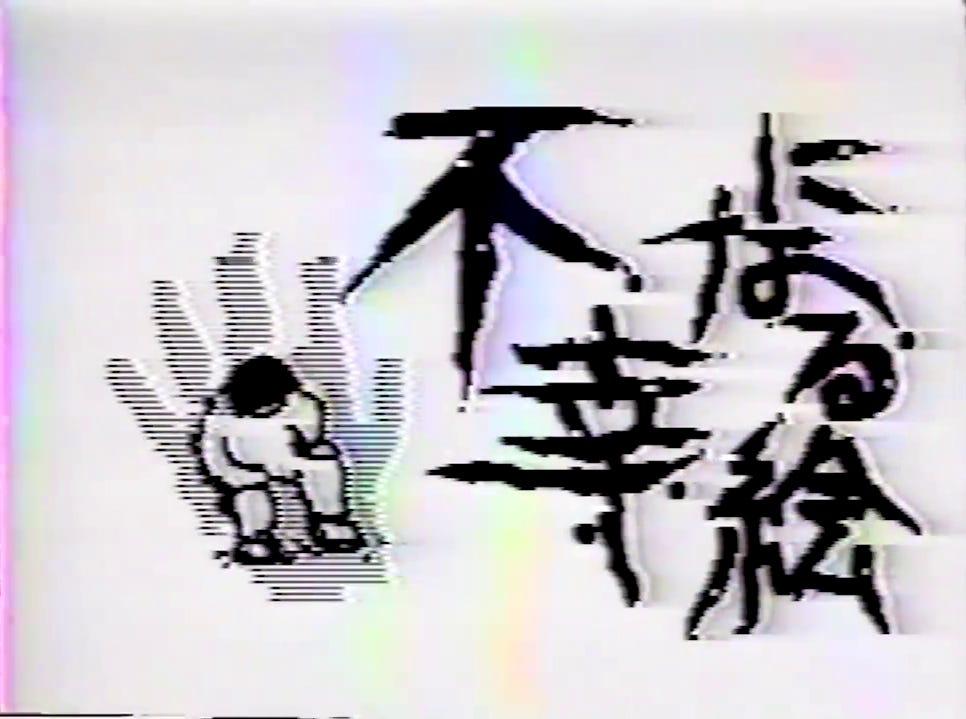
Started in 2022 by a four-person team—some horror veterans, others YouTube success stories—Fake Documentary Q is an electric anthology series of YouTube horror shorts with a near fetishistic love for old, discarded media formats. VHS, digital camcorders, micro-cassettes, and answering machines; time and time again the series presents itself through different forms that we all happy call “dead”, and time and time again it suggests that if they were dead, then they certainly aren’t anymore. The image glitches and fills with static, the audio booms in one ear or cuts out entirely; double exposure and burn-in and artifacting become like ghosts, abnormalities disrupting our physical space.
There’s a roughness to every episode, a palpable lived quality impossible to falsify1. Just look at episodes like “The Visit”, a horrifying short shot on video depicting a prolonged funeral rite. Here, the image literally bleeds, the dark monochrome of night transformed with bursts of nauseous color and warbling frames, as if the curse that is being filmed is breaking through its fiction and infesting the video itself, oozing out into our world.2
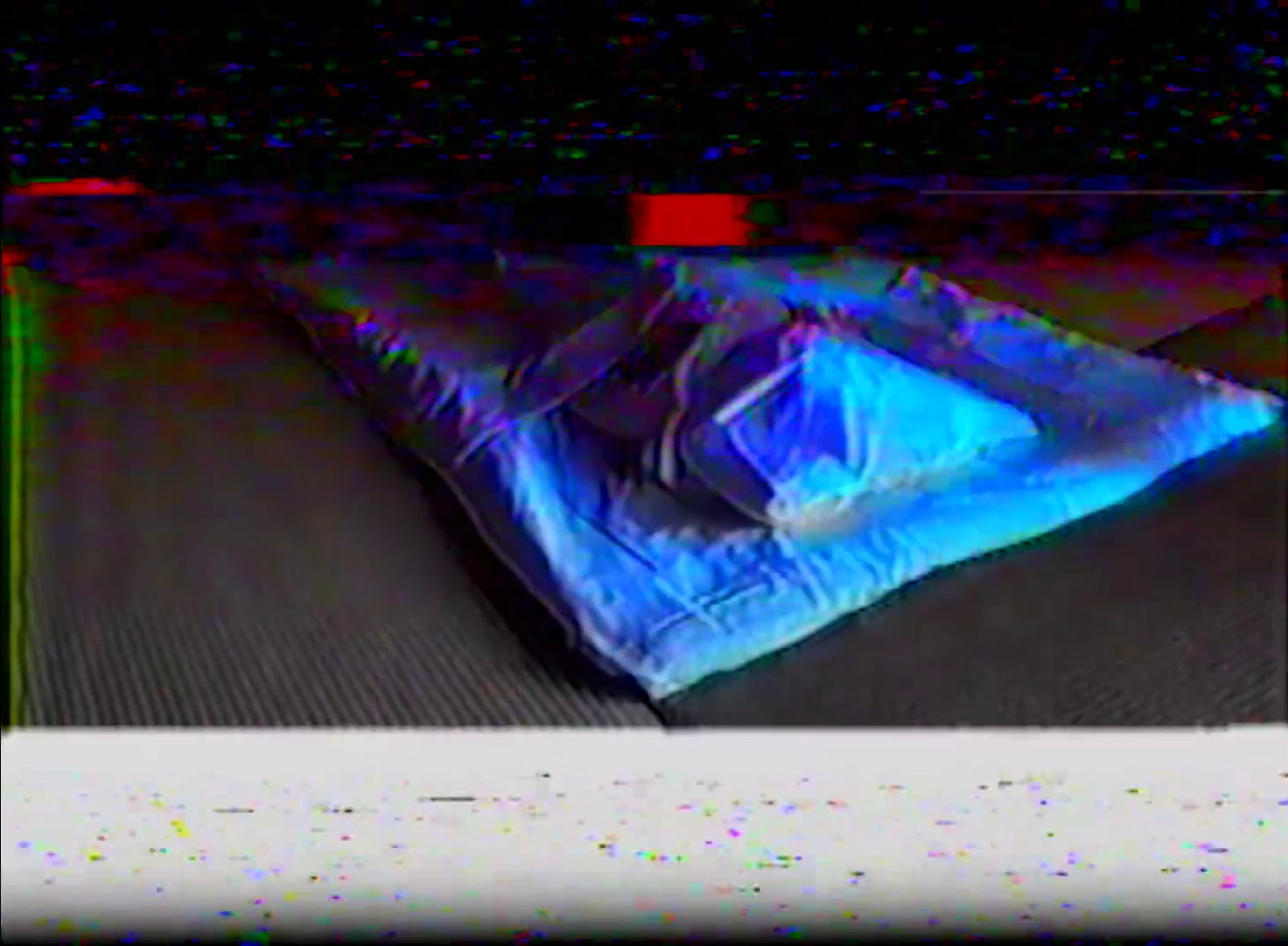
This isn’t an entirely new idea in the world of Japanese horror; just look to the towering modern classic The Ring, where a cursed VHS tape will kill anyone who watches it after seven days. For a long time now, Japanese horror has had an interest in depicting medium and form as carriers of curses, especially within its more underground found footage lineage. Early titles in the sub-genre like 1988’s Psychic Vision: Jaganrei set this precedent of using a faux-documentary style with talking head interviews and replayed footage to further implicate the viewer in the reality of the film, to suggest that not only is the footage you are viewing real, but it has been edited and considered and turned into entertainment to be distributed to the public for profit. In Jaganrei, the production of a cursed idol pop song is depicted, only to then play that song to the viewer. Yes, the music industry is a cruel force that creates ghosts and curses, the film suggests, and yet you viewer, welcome them with open arms. You are as cursed as anything in the movie.
It’s very appropriate then, that Fake Documentary Q, despite the pretensions in all the ways it is filmed, is on YouTube. Could there be a more cursed medium than YouTube? Buoyed by anonymous algorithms, online video platforms are uniquely talented at twisting us into monsters. When given the opportunity to share an image of our lives, we vomit out our insides and let it rot as we increasingly manufacture our existence. Pranks turn deadly and family videos become exploitive abuse machines as the platform encourages us to make our lives more “interesting” in the name of recognition and financial gain. Radical right-wing politics are spread and then adopted by millions in part because they are heightened, because they are “content” designed to conform with the exaggerated unreality places like YouTube and TikTok want. Like Jaganrei, we can’t resist implicating ourselves. Like The Ring, the videos spread.
And Fake Documentary Q, this little series, knows it. It doesn’t offer any solutions. It never gives you the relief of answers, never allows the comfort of conclusions. There aren’t any. Characters see ghosts and demons and hell, witness the unexplainable that should never be, and film it, because all they can do is spread horrible knowledge of what exists underneath the world’s skin. We, outside the fiction, watch a video, read a viral post, laugh at misfortune and get angry at the perceived aggression of nameless strangers. We propagate and breed misery. Bit by bit, we let our souls scrape off. Bit by bit, we create a tsukumogami ready to kill.
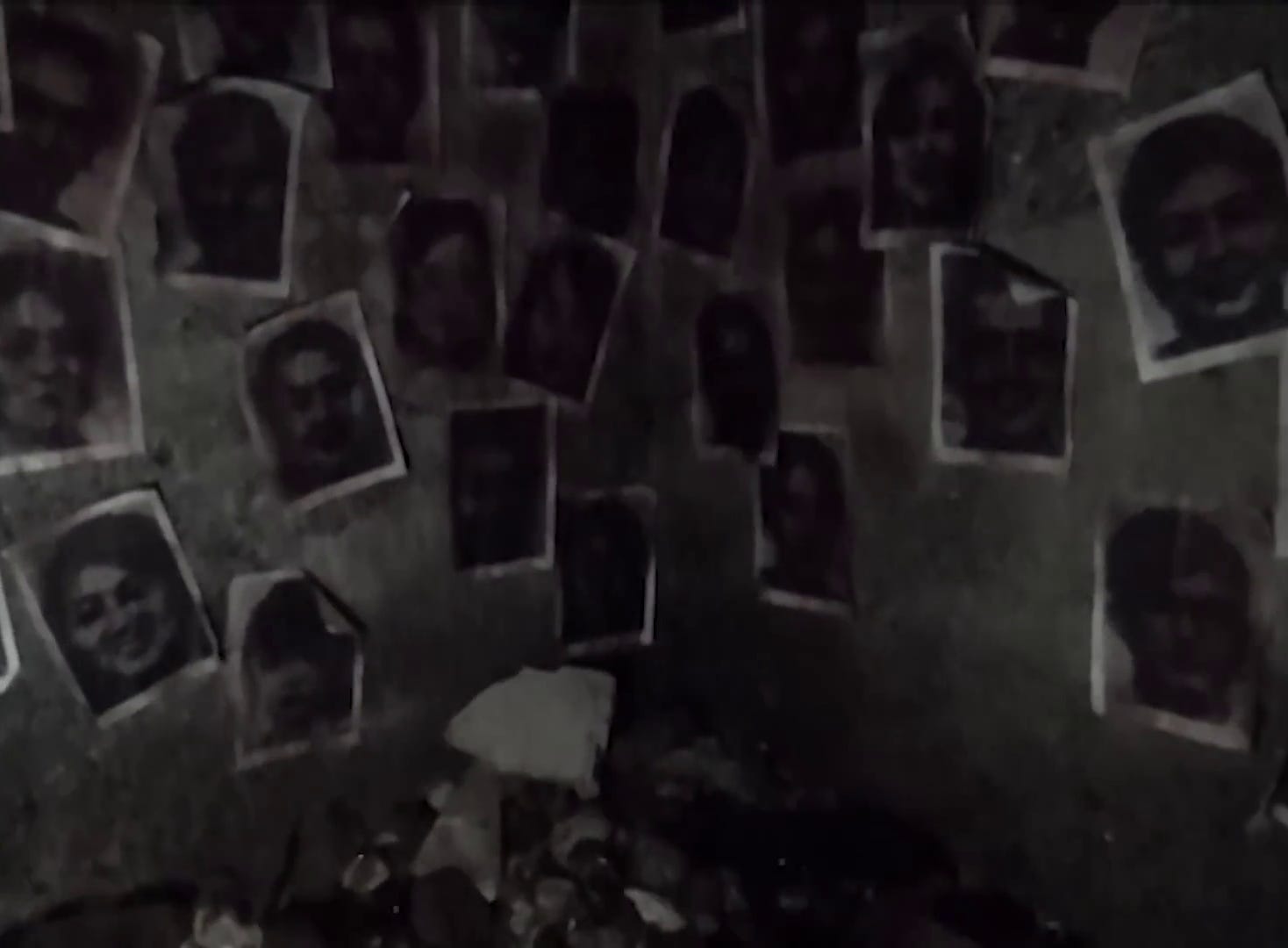
Fake Documentary Q is scary. It is, without question, some of the most exciting, terrifying horror being produced in the entire world right now. And that is because on some level, even though the name says otherwise, it is real. It is honest. It is a reflection, and it is cursed.
Music of the week: Kengo Iuchi - Jaki Matsuri ‘89 Live
Avant-folk straight from hell. Iuchi wails and screams with a visceral desperation over sporadic acoustic guitars tuned to the key of evil, alongside waves of freakout feedback and ominous droning. Like all the singer-songwriter sounds of the ‘70s were shot dead and revived as a vengeful spirit, twisted and horrible to look at.
Movie of the week: The Ghost of Yotsuya
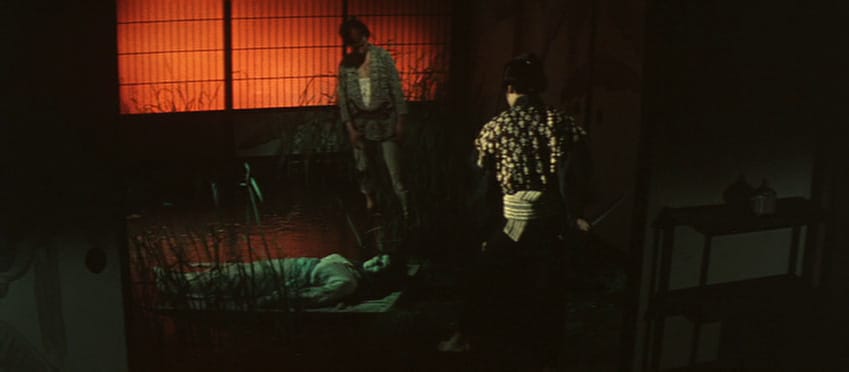



One of Japan’s ultimate horror films and one of many adaptations of the classic ghost story, The Ghost of Yotsuya is a total downer nightmare. Bad people do awful, inhumane things, then reap what they sow in awful, inhumane ways. Scary yes, but also the kind of horror that burrows deep and leaves you hollow inside. The last 20 minutes especially are a hallucinatory masterwork as terrifying, destabilizing, and modern as anything you’ll see.
oh, and here’s a killer in-depth vid on my beloved Gridman
it’s very clear that the team actually uses old cameras and videos instead of relying entirely on digital trickery or filters. ↩
if you want to see all this on full display, look no further than the episode “Last Countdown” which is an absolutely insane mixed-media flex of the highest order. ↩

